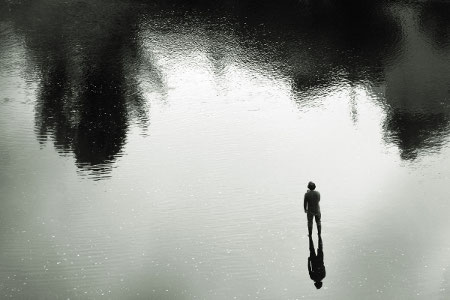RAR – Raw Audio Recording #1
Gabi Schaffner/rawaudio/interdisciplinary artist
In my work, I try to encourage communicaton, non-hierarchic perspectives and sharing. This is why I like the amalgamation of
different media and the experimental shift of identity into/between different cultures. Within this frame, field recording is treated as a carrier of cultural concepts, just as (documentary) photography is a carrier of visually encoded cultural messages.
Tracklist:
01 Boatmotor, 00:19, 2009 *
02 Introduction into Raw Audio, 02:25, 2011
03 Hamepilvet 1, 02:36, 2005 *
04 Saippuakaupias 1, 00:36, 2005 *
05 Lumilaulu, 00:53, 2005 *
06 Lumivalssi 1, 01:35, 2005 *
07 Bells + Cars short, 00:33, 2009 ***
08 Lumenkulta, 02:20, 2006 *
09 Uima Uima, 00:24, 2009 ***
10 Broken Chamber, 01:55, 2006 **
11 Jazzy Tank, 03:23, 2006 **
12 Fragments of Pipi, 03:12, 2006 **
13 kantelePT, 04:47, 2010 ****
14 La Nautilus II, 01:52, 2009 ***
15 WhiteFoam, 01:35, 2006 ***
16 Otto Mötö (part a) 01:46, 2009 ***
*
„ Finnish Snow-walks and Dances“
A compilation of Finnish snow music and a mixture of traditional as well as current arrangements and fieldrecordings. Collected and compiled between 2002 and 2004 by the music anthopologist Sisukas Poronainen and myself. inofficially Eine Kompilation finnischer Schneemusiken. Released in 2005 as a vinyl (and vinyl only!) by gruenrekorder, Frankfurt.
**
„ Music for Bathrooms & Toilets“
Fieldrecordings/ Sample-Compositions Audioinstallation-CD for use in wet rooms only.
27:31 min. Laminated artist edition (waterproof).
Price: 18 Euro
12 copies.
Music for Bathrooms and Toilets explores the intriguing melodies of running water within the human habitat. This CD presents a compilation of bathroom recordings and mixed audio material. Some pieces have been cut with samples from other fieldrecordings (mainly from Iceland) and free mp3- tracks from the internet. The intention is to create a relaxing atmosphere – not entirely without humour – for the pleasures enjoyed in a private restroom.
Track 10 + 12. Samples used: Courtesy Peter Ware.
***
„ Fieldrecordings“
A collection of field recordings. FI. 2009
Track 14: Organ played by Mi Duncker
****
„ Musiques d’ Orion“
11 Field recording compositions FI, F und D. To be released by
entr’acte.uk in 2011
Track 13: Kantele by Teemu Tuonela. Haiku song by Inka Malm.
Planned for 2012. OTTO MÖTÖ: The Archives of Martti Mauri (1947-2001)
“Otto Möto” deals with the lost and found-again archives of Jyväskylä-born motor engine researcher and modern composer Martti Mauri (1935-2003). Experts herald Mauri’s avantgarde compositions as a forerunner of techno and new media music. And yes: This is another concept album by rawaudio. The track broadcasted, „ Otto Mötö“ , is based on fieldrecordings of Finnish motor (environment)s and was edited by Martin Moritz, Hamburg. This is NOT the final version!
CV
http://schaffnerin.net/html/schaffner/schaffnerGB.html
NB this is a replacement show for radio x

